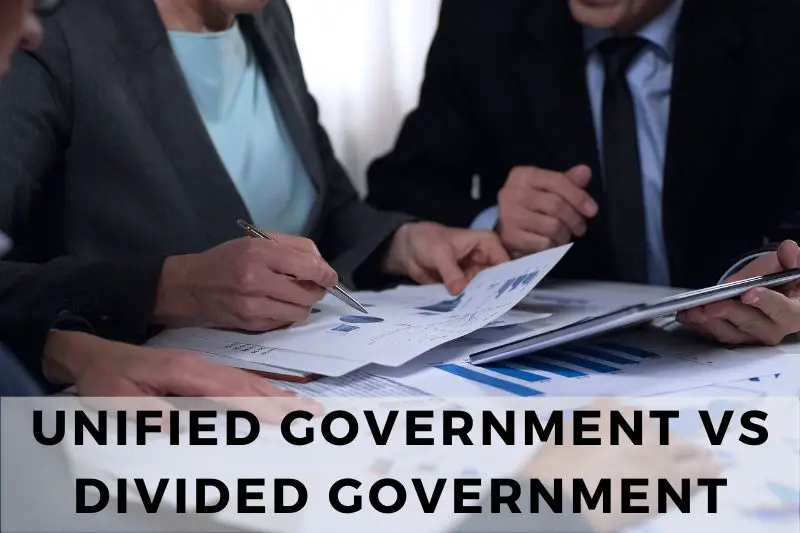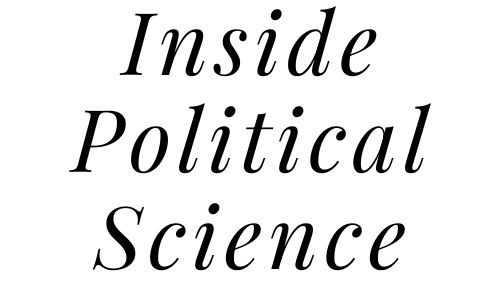
Governments operate under different structures depending on how political power is distributed and exercised. Two prominent forms are unified governments, where a single political party controls both the executive and legislative branches, and divided governments, where control is split between different parties.
Each system carries distinct advantages and challenges, influencing policy-making, governance efficiency, and democratic accountability. This article examines the differences between unified and divided governments to better understand their impact on governance and society.
What Is a Unified Government?
A unified government occurs when a single political party holds majority control over both the executive and legislative branches. This structure often enables streamlined decision-making and policy implementation, as the ruling party faces minimal opposition in advancing its agenda. Unified governments are common in parliamentary systems, where the majority party typically forms both the government and legislative leadership.
While this model can lead to greater efficiency and consistency in governance, it also raises concerns about reduced checks and balances, as the dominant party faces less scrutiny from opposing forces.
What Is a Divided Government?
A divided government arises when different political parties control the executive branch and at least one chamber of the legislative branch. This separation of power is common in systems with strong checks and balances, such as the United States, where the executive and legislative branches are elected independently.
Divided governments are characterized by the necessity for negotiation and compromise between opposing parties to pass legislation and govern effectively. While this structure promotes accountability and prevents the concentration of power, it can also lead to slower decision-making and legislative gridlock, especially when partisan conflicts dominate the political landscape.
Key Differences: Unified Government vs. Divided Government
Understanding the key differences between unified and divided governments is crucial to analyzing their effects on governance, policymaking, and democratic processes. These differences lie in their distribution of power, decision-making processes, accountability mechanisms, and overall impact on democracy. The table below highlights these distinctions for a clearer comparison:
| Aspect | Unified Government | Divided Government |
|---|---|---|
| Control of Power | One political party controls both the executive and legislative branches. | Different political parties control the executive and at least one legislative chamber. |
| Decision-Making Process | Streamlined and efficient, with fewer obstacles to passing legislation. | Slower, often requiring negotiation and compromise between parties. |
| Checks and Balances | Reduced, as one party dominates all branches of government. | Enhanced, as opposing parties scrutinize and balance each other’s actions. |
| Policy Consistency | High consistency due to unified goals and priorities. | Potentially inconsistent, with conflicting priorities between branches. |
| Risk of Gridlock | Low, as one party can push through its agenda without much resistance. | High, as disagreements between parties can stall legislative progress. |
| Public Perception | Often seen as more decisive and capable of implementing change quickly. | Viewed as fostering debate and preventing unilateral decisions. |
| Examples of Governance | Common in parliamentary systems like the UK when one party wins a majority. | Frequently occurs in the U.S. with its separation of powers structure. |
| Impact on Democracy | Risk of overreach or reduced accountability due to lack of opposition. | Promotes accountability but can lead to frustration over slow governance. |
Conclusion
Unified and divided governments represent two distinct approaches to the distribution of political power, each with its strengths and weaknesses. Unified governments excel in efficiency and policy consistency but may risk reduced checks and balances, potentially leading to overreach. On the other hand, divided governments encourage accountability and robust debate but often face challenges such as legislative gridlock and slower decision-making.
Understanding these differences is essential for evaluating the effectiveness of governance systems and their impact on democracy. Both structures have their place in the political landscape, shaped by the unique needs and institutional frameworks of different nations. The success of either model depends on the ability of leaders and institutions to balance power, foster cooperation, and prioritize the public good.
